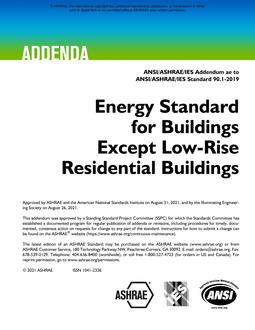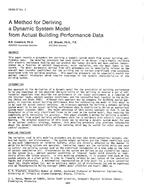Recently computers of various types have been used extensively in engineering schools across the nation and around the world. The purpose of this paper is to indicate how the students can maximize the benefits of computer applications and also get oriented to the modern computational techniques of the industry, in light of limited time and talents of the students. Design calculations performed in HVAC courses are often repetitive and lnvolve iterations too tedious to be performed by use of hand calculators. This paper discusses the application of computers to solve such commonly encountered design problems in a three-semester-hour thermal component design course, which mostly deals with the design of HVAC components. Initially the students solve typical simple HVAC design problems in a traditional manner by use of hand calculators. Next they write their own computer programs to solve a piping design problem by Hardy Cross method for which they use the mainframe computers. Finally they make use of a commercial program in diskette form to design the duct networks for which they employ the personal computers. In the past~ the team projects of the course were accomplished by project teams consisting of two or three students, and a summary sheet of their project outlining the simple procedure and project results were distributed to each student of the class during the presentation of the project results. These summary sheets in turn enable every student to understand the gist of each project work.
Units: I-P
Citation: Symposium, ASHRAE Transactions, 1987, vol. 93, pt. 1, New York, NY
Product Details
- Published:
- 1987
- Number of Pages:
- 10
- File Size:
- 1 file , 690 KB
- Product Code(s):
- D-NY-87-05-2


